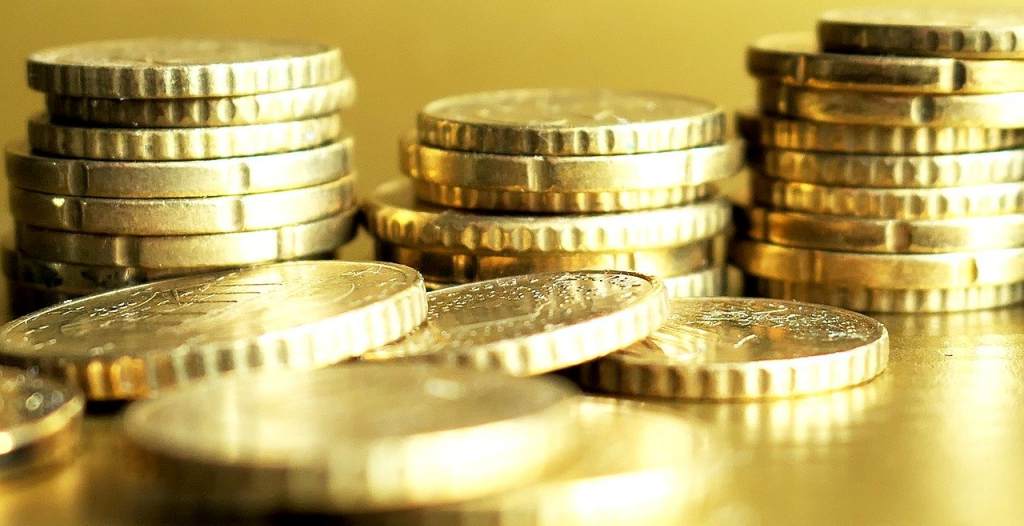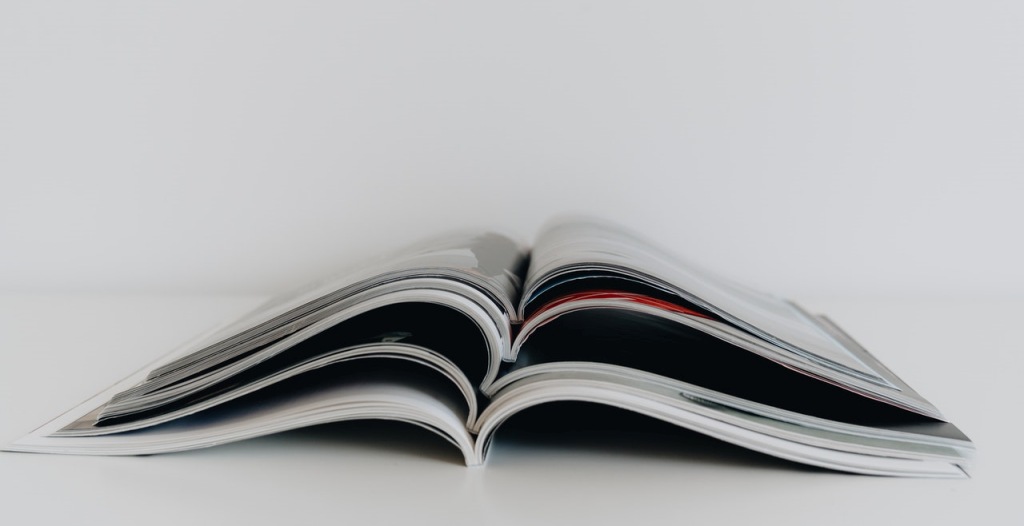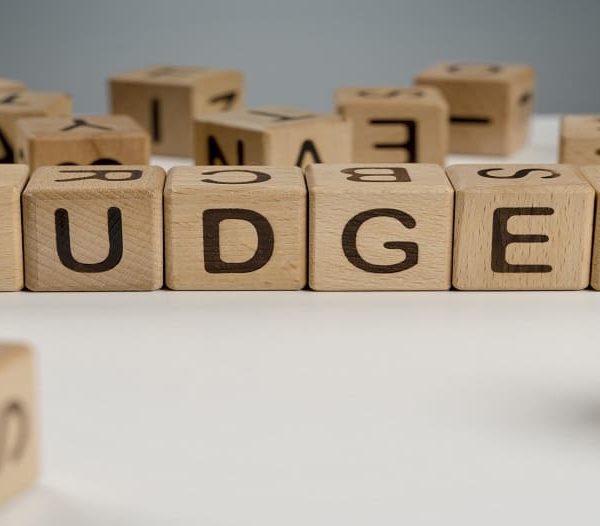What is Monetary Policy and Fiscal Policy? A Guide to Understand the RBI Monetary Policy

If you have ever heard the term monetary policy of RBI and are wondering, what is monetary policy? Then this article is best suited for you!
This article will break down the monetary policy of RBI and will talk about the monetary policy committee, monetary policy instruments, monetary policy objective and more.
Let’s get started!
Monetary Policy and Fiscal Policy
So what is monetary policy? The meaning of monetary policy:
Monetary policy is the policy of the central bank that talks about the use of the monetary policy instruments under them to achieve the goals set by the Act.
The Central bank that has to fulfil this duty is the Reserve Bank of India also called as RBI. The responsibility is mandated under the RBI act, 1934.
Monetary Policy Objectives
The first and foremost objective of monetary policy is to maintain price stability whilst keeping in mind the objective of growth in the economy. Price stability is a prerequisite to sustainable growth.
In the month of May 2016, the RBI act had been amended in order to provide a basis for implementation of the flexible inflation-targeting framework.
This amendment also provides for the inflation target to be set or fixed by the government of India with the consultation of the RBI every 5 years.
Prior to the amendment, the inflation target was governed by an agreement on Monetary Policy Framework between the government and the RBI.
Monetary Policy Instruments
There are two kinds of instruments that are used as monetary policy instruments. Direct tools or instruments and indirect tools or instruments.
Some direct and indirect instruments are:
- Repo Rate: Repo rate is the fixed rate of interest the RBI provides for overnight liquidity to banks against the collateral of government and approved securities.
- Reverse Repo Rate: As the name suggests, it is the opposite of the Repo rate. Here, instead of providing any interest, RBI absorbs interest from banks.
- Liquidity Adjustment Facility (LAF): this tool consists of overnight liquidity actions and term repo auctions. The aim of the term repo is to help develop the inter-bank term money market.
- Marginal Standing Facility (MAF): this is a facility that allows scheduled banks to borrow additional amounts of overnight money from the bank by dipping into the Statutory Liquidity Ratio.
- Bank Rate: it is the rate at which Reserve Bank is ready to or re-discount bills of exchange and other commercial papers. The Bank rate is published under section 49 of the RBI act.
More Tools
In addition to the above-mentioned instruments, the RBI uses a few more instruments. They are:
- Cash Reserve Ratio: as the name suggests, it is related to the amount of cash a bank has to maintain with the Reserve Bank on a daily basis as a share of its net demand and time liabilities.
- Statutory Liquid Ratio: this is the share of net demand and time liabilities a bank has to maintain in safe and liquid assets.
- Open Market Operations: these include outright purchase and sale of government assets, for injection and absorption of durable liquidity.
Bills of Exchange
For someone that is not from a commerce background, the term bills of exchange may be a new term. Bills of exchange is an instrument of credit.
Generally, a bill of exchange is given by a creditor to its customer for a duration of 3 months. This generally acts as insurance to the creditor, but it need not be fulfilled always. Sometimes the customer may not be able to repay it.
It can talk about the terms of repayment and mode of repayment. A bill of exchange is not a contract. There can be around three parties involved in the process; the drawee, the payee and the drawer.
It is very frequently used in international trade.
Monetary Policy Committee
The Monetary Policy Committee constituted by the central government under section 45ZB helps to decide the policy interest rate required to achieve the goals of the policy.
They meet at least 4 times each year and have to publish decisions after each meeting. The committee is made of 6 members. Three belong to the RBI whereas the remaining are from external sources and are nominated by the Government of India.
The Governor of the RBI is the chairperson ex officio of this committee.
The objective of the committee is to bring more transparency and accountability into the decision-making process of India’s monetary policy. The current inflation rate to be maintained is 4% until March 2021 with an upper limit of 6% and lower limit of 2%. The committee is liable and will be questioned by the government on the failure of maintaining the inflation rate.
Also Read: Sectors of Indian Economy McQ: Learn More About Sectors of Indian Economy
How to Read for Economy
Reading current affairs is very important. These facts can change from time to time, depending on the meeting of the committee.
It is very important to read the newspaper every day or even stay connected through other sources.
Ensure that you note down the important facts and study terms separately if you do not have a good knowledge about specific terms related to economics. You will need to overcome the layman’s term and learn the basic technical terms that are widely used throughout topics of economics. Go through previous year questions for monetary policy to learn better!
Conclusion
The monetary policy is the policy of the country pertaining to maintaining the inflation rate throughout the nation for one financial year.
The government of India and RBI form the monetary policy committee in order to create more transparency in the decision-making process for the monetary policy.
The committee has set goals that it has to achieve and it can be done only with the monetary policy instruments.
Also Read: How to Prepare for Civil Services Interview 2021? The Best Tips to Prepare for UPSC Interview







Great work